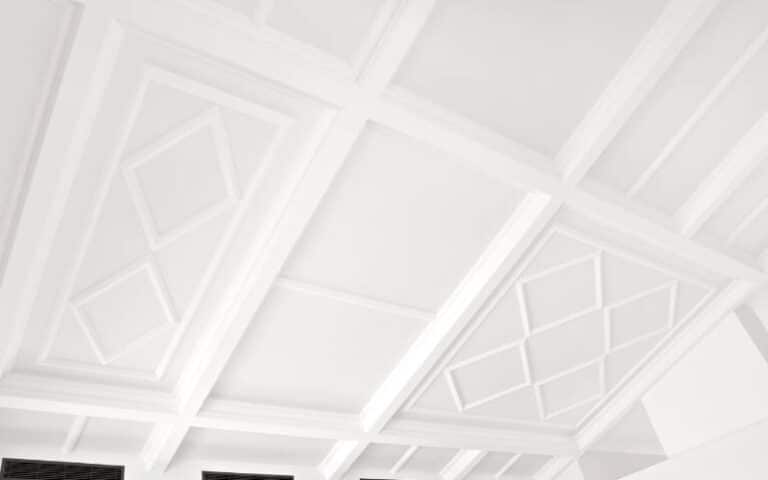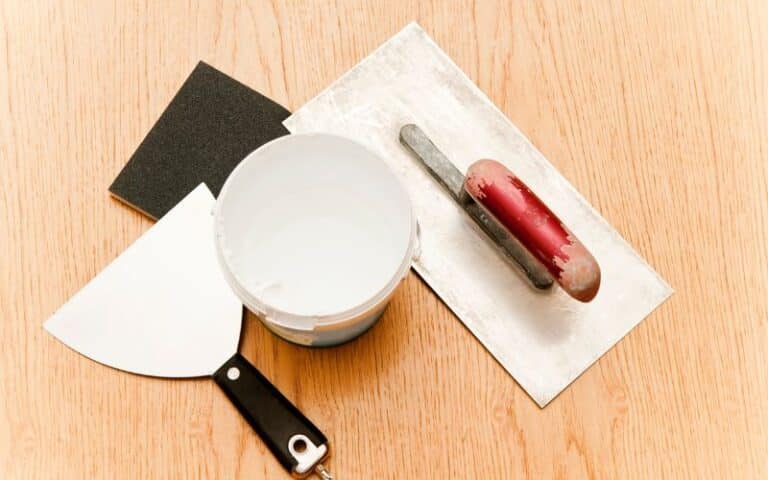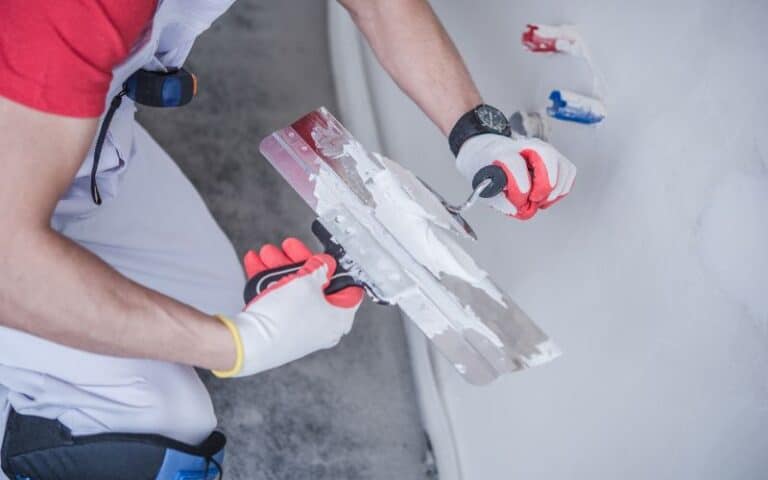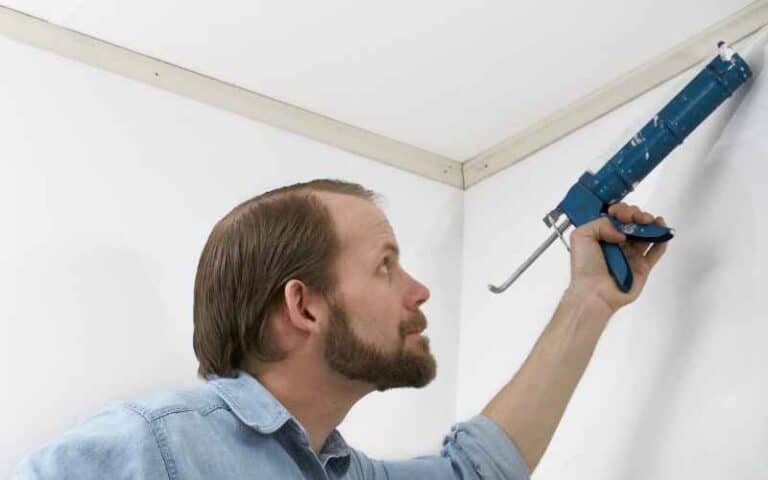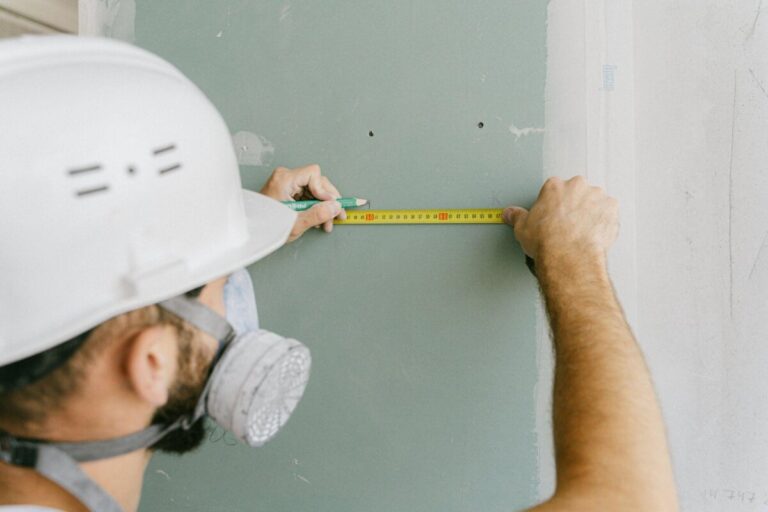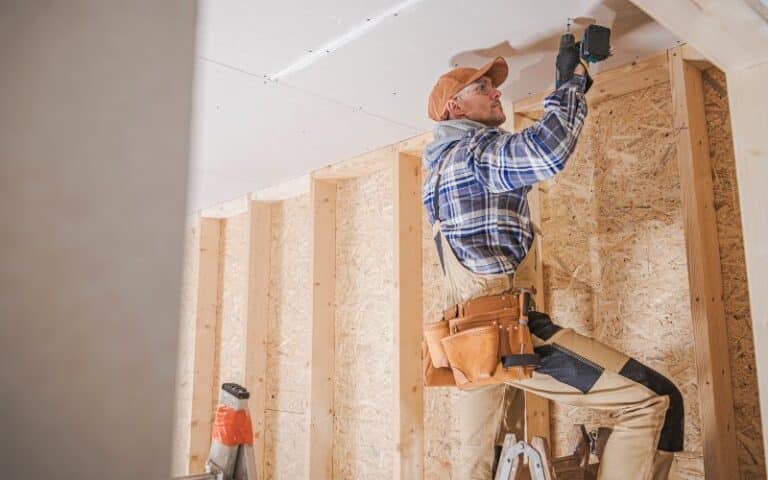Drywall is one top-notch quality material that serves many important interior walls finishing and decorations.
It is affordable, durable, resilient, and has good resistance to fire. Little wonder its prominent use.
However, there’s one huge problem with drywall which is the fact that it isn’t a good match for moisture-rich environments.
On the strength of that, finishing drywall over the shower flange becomes very tricky. Nevertheless, tricky is possible hence the use of drywall in showers and around flanges.
Finishing drywall over a shower flange that would last for years’ worth of shower bathing is not wise. The reason is that it’s challenging because drywall isn’t good in wet environments. However, finishing drywall around the shower flange is possible but requires a different resolution.
This article will unveil the possibilities and technicalities of finishing drywall to a shower flange.
Ready for a Drywall Quiz?
Can Drywall Go Over Shower Flange?
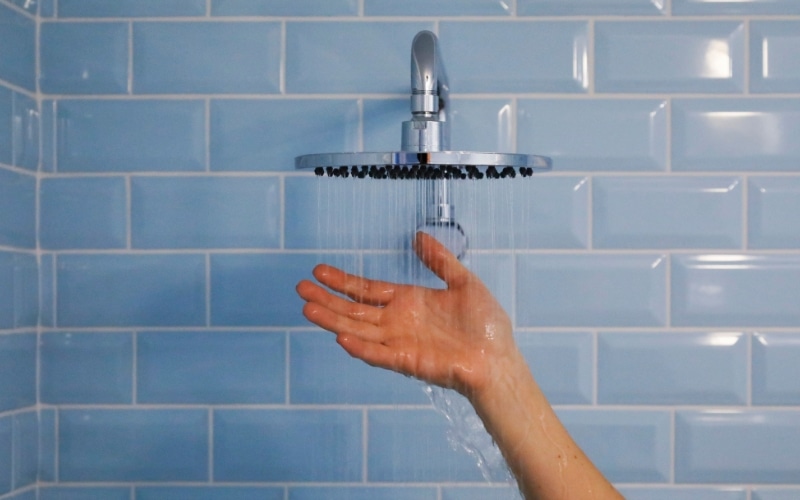
Installing drywall over a shower flange is an absolutely bad idea. So, drywall cannot and should not go over a shower flange.
Drywall cannot smoothly and perfectly go over a flange. However, finishing the drywall installation around the shower flange is possible.
The possibility of finishing drywall around a shower flange makes for the use of drywall in toilet walls.
The appearance of the aesthetic view of the finished work is always a wow to the mind. So, finishing drywall around a shower flange is fine, but not over the shower flange.
Generally, drywall is a good choice of material for interior room installations. But as much as drywall is an excellent material for internal installations, it still comes with some setbacks.
One of the major setbacks of drywall is that there are better choices than drywall for wet environments. For that reason, drywall isn’t always ideal for all such finishing.
However, as mentioned earlier, installing drywall around a shower flange is possible. But to do that, you need to employ some tricks and a great deal of care.
In finishing drywall around a shower flange, you must be sure that the board lies on the edge of the tub flange.
It should not come close to the lip of the shower/bathtub. Remember that drywall isn’t good with water, so be cautious of where the drywall ends.
In all, one thing to always be conscious about is that drywall isn’t a good match for the moisture environment. It is also liable to mold.
Therefore, installing the drywall over a shower flange will cause the material to ruin as it would easily get in contact with water. So, drywall should only go around the shower flange.
Can You Install Drywall Over Shower Flange?
You cannot install drywall over a shower flange. A Drywall board will do for the internal walls of the bathroom, but it shouldn’t go over the shower flange.
As much as drywalls are excellent materials for wall finishing, they don’t sit well with moisture.
Another reason why you cannot install drywall over a shower flange is for the symmetry of the material. Drywalls aren’t flexible; hence they will not sit well over a shower flange.
The plain and perfectly smooth design of drywall boards will not allow constructions that go over the shower flange. Unless you are bound to cause a mess to your work.
As much as construction is concerned, there must be proper consideration for durability and aesthetic outlook.
Therefore, installing drywall over a shower flange is not wise. In most cases, you’ll have to use sheet rocks or other types of construction materials as you approach the shower flange.
However, if you must install a drywall board in your bathroom, it can only go around the shower flange, not over it.
Usually, drywall boards are to end a few inches from a shower flange. Say 3 inches or more.
So, the above discussion doesn’t mean drywall boards can go for bathroom installations.
How Do You Finish The Shower Flange To Drywall Transition?
The best way to finish a shower flange to drywall board transition is to use a shower bead.
Finishing the shower flange to a drywall transition is really a big deal for someone with little to no experience. However, you need not worry as the task is easy with every step-step process.
So, as much as such a task may seem complicated, the drywall bead makes it easy.
However, to quickly and easily finish a shower flange to drywall, you’ll need to get the drywall bead. Click here to get one at an affordable rate.
While using drywall boards in your bathroom, it is important to avoid fitting them close to wet areas.
You can easily fit the shower flange to the drywall with the proper guide.
The steps below constitute a guide to finishing a shower flange to drywall transition using a drywall/shower bead.
- First, align all the drywall boards a few inches from the shower flange. Be sure that the drywall board doesn’t go over the shower flange.
- Cut the drywall/shower bead to the length of the shower flange.
- Set the drywall bead to miter 45 degrees off one end for a clean angle fit.
- Apply spray adhesive (3M corner bead adhesive) to the back of each drywall bead length. The adhesive holds the transition between the shower flange and the drywall board.
- Use a stainless-steel staple to hold the drywall bead to the board at about six to eight-inch intervals.
- Next, apply coats of drywall mud covering the drywall bead right up to the tearaway strip of the bead. Ensure to tear away the strip from the entire drywall bead unit.
- It would be best if you sanded your work for a smooth, clean finish transitioning.
- Finally, apply high-quality caulk between the drywall and the enclosures. Viola, your shower flange to drywall board transition is complete.
How To Fill Gaps Between Shower Flange And Drywall?
One major roadblock with finishing a shower to a drywall flange is the issue of filling the gap between the shower flange and drywall.
You’ll have to always leave a gap in providing a safe space between drywall boards and the shower flange.
There are a few methods for finishing this inevitable gap between the drywall board and the shower flange. These include; furring the wall, filling the gap, using drywall beads, etc.
We’ll use the second method to fill the gap between the shower flange and drywall. I.e., filling the gap method.
Filling the gap between the shower flange and drywall using the filling the gap method involves cutting off sheetrock that fits into the gap.
The sheetrock will run around the gap between the shower flange and the drywall. Applying hot drywall mud helps prefill the intermediate gap with the sheet rocks.
Using tape, cover the prefilled gap. In taping, it is important to avoid the use of paper tape. Note that paper can become food for mold, encouraging mold growth.
Therefore, in place of paper tape, you can work well with mesh tape. The final procedure will be to apply fine coats of drywall compound to the taping finish.
And as usual, you can sand the edges for a clean and smooth finish.
How To Finish Drywall Around a Shower?
How to finish drywall around a shower is similar to finishing a drywall shower flange transition. The goal is to install a moisture-blocking membrane around the shower.
This way, the drywall is somewhat insulated from the shower. And as discussed earlier, there are several ways to achieve that aim. Any method that works and is durable is fine.
Let’s look at furring the wall around the shower.
- The technique involves adding furring to the studs of the drywall boards before the shower. The idea is to provide a safe space against water and fill the enclosure.
- Proceed to hang sheet rocks to fill the enclosure perfectly.
- Apply high-quality standard caulk around the enclosure for the final finish.
The stress of developing methods to finish a drywall shower flange transition is because drywall boards need to be better with moisture.
As much as drywall board is an excellent material for internal wall construction, drywalls still come with a few setbacks.
The table below shows the pros and cons of using drywall over a shower flange.
| Pros | Cons |
|---|---|
| It is light-weighted, which implies less labor. | Drywall boards are hygroscopic. |
| They are quite easy to install, saving you strength and time. | Drywall is liable to mold. |
| Drywall requires little to no long-run maintenance. | You cannot carry out any installation on the drywall board. |
| You can be sure of its durability. | The inappropriate application will result in cracks which cause the drywall to fall off. |

